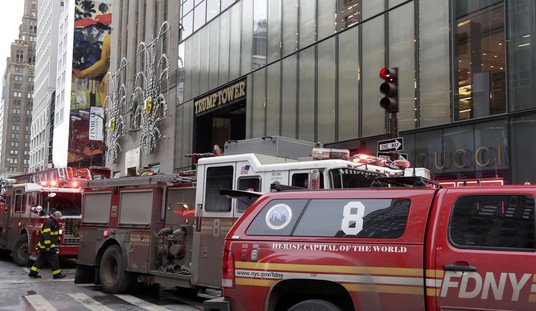As the years pass, Ronald Reagan’s stature grows. All sorts of people now quote him to support their agendas.
Last year, California Sen. Barbara Boxer evoked the Gipper to justify raising taxes: “I find myself these days quoting Ronald Reagan. 'The full consequences of a default,' he said, 'or even the serious prospect of a default by the United States are impossible to predict and awesome to contemplate.’”
Mr. Reagan, whose 101st birthday is today, said in 1982: “We don't have a trillion-dollar debt because we haven't taxed enough; we have a trillion-dollar debt because we spend too much.”
With our nation in desperate need of the kind of leadership that President Reagan afforded us, it’s important to set the record straight. The Carleson Center for Public Policy is dedicated to this task. Named after Robert B. Carleson, who helped Gov. Reagan reform California’s welfare system, the Center has a unique pedigree.
I and every other member of the policy board worked for Mr. Reagan when he was president or governor. We’ve approved a new document, The Reagan Resolve, which outlines his principles, actions, and statements.
When Barack Obama was asked about American Exceptionalism, he said, “I believe in American exceptionalism, as I believe the Greeks believe in Greek exceptionalism, and the Brits believe in British exceptionalism.”
Reagan, by contrast, envisioned America as “a shining city on a hill,” explaining that:
“Ours was the first revolution in the history of mankind that truly reversed the course of government, and with three little words: `’We the People.’' `’We the People'’ tell the government what to do; it doesn't tell us. … Our Constitution is a document in which `’We the People'’ tell the government what it is allowed to do.”
Recommended
At the core of Mr. Reagan’s success was a commitment to strong national security, traditional values, genuine federalism and domestic policies that unleashed America’s entrepreneurial powerhouse. The major pieces of his economic program were:
1. Reducing Tax Rates -- In 1981, the top income tax rate dropped from 70% to 50%, with a 25% across-the-board cut in all other brackets. In 1986, the rates were reduced to two: 15% and 28%.2. Reducing Federal Spending – Nearly 5% of spending was cut the first year in FY 1981. Even with the defense buildup to win Cold War, total spending declined 23.5% of GDP in 1983 to 21.2% in 1989.
3. Deregulation – Reagan’s first executive order eliminated oil and natural gas price controls. The cost of oil declined by over 50%.
4. Stable Monetary Policy – A restrained growth in money supply balanced a demand to control inflation and maintained the value of the dollar.
Reagan’s plan unshackled the private sector. As he put it:
“Government's view of the economy could be summed up in a few short phrases: If it moves, tax it. If it keeps moving, regulate it. And if it stops moving, subsidize it."
His policies reduced inflation from almost 13% in 1981 when he took office to 3.2% in 1983. Over his two terms, 20 million new jobs were added, reducing unemployment to 5.3% in 1989.
Can we do this again? Yes, if we follow Mr. Reagan’s common-sense policies. The alternative is an unthinkable acceleration down The Road to Serfdom, described so well by one of Mr. Reagan’s favorite economists, F.A. Hayek.
The Reagan Resolve is a reminder of America’s greatness and a roadmap to steer us off that highway on which we’ve been recklessly speeding.

























Join the conversation as a VIP Member